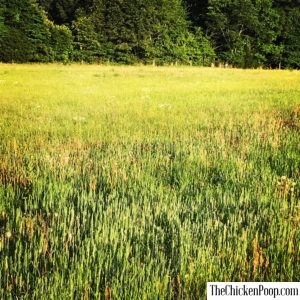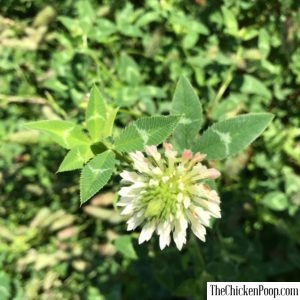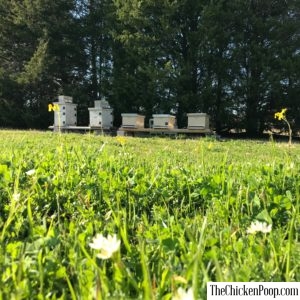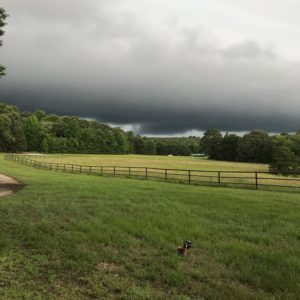We bought our 20-acre property 2 years ago. Our sandy soil has about 15 acres that has hay production, the rest is buildings and trees. The soil test showed that it had not been maintained. We knew right away we had to do a pasture rehab. We know that they had not been fertilizing the land, just mowing and baling it. The previous owners had also been doing a burn every year or so.
Lime & Fertilizer
The first thing we had to do to rehab the pasture was to add lime. It took 30 tons of lime and it will have to be done every 3 to 4 years. We knew we were going to get bees, but we didn’t know when or what else we would do. We did get bees our first spring. They had a hard summer with just the hay. So we worked with the county extension office to get the soil tested again. They told us what fertilizer to get and what type of seeds to get for the bees. In case you are unfamiliar with the county extension office, they are an agriculture office promoting farmer education from the state agriculture college. In Texas, they are called Agrilife.
Seeding for Pollinators & Wildlife
We planted arrowleaf and crimson clover for the bees. We also planted turnips (they did not grow), and ryegrass. These plants provide nectar for pollinators and forage and other habitat values for wildlife.
Bee Hives
We are now up to 3 hives. We have decided not to bale the pastures for a while. This summer the pasture was full of not only our bees but at least 10 varieties of butterflies, dragonflies, hummingbirds and all kinds of birds. We think a pollinator meadow is more appropriate for our purpose, at this time.
Game Trail
We have a game trail that goes through the upper pasture and we often see deer walking by. Our friends have asked if they can come out and shoot the deer. We say “of course, as long as it is with a camera!” While we are not against deer hunting, just not on our property, please. Now the hogs are another story.
Fruit Orchard
We were recently given 25 starter fruit trees so we will have even more goodies for the pollinators (flowers) and the wildlife (fruit) in a few years. Hopefully, they will leave a few juicy pieces of fruit for us. We have apples, peaches, pears, and figs planned for now. Our neighbors put in plums this year and said the bees made for a very bountiful crop.
To Mow or Not to Mow
We went ahead and mowed at the end of the season this year so that we could have the seeds and nutrients go back into the soil. (NO, we did not use the Cub Cadet this time!) Next year we will probably just let it go and see how that works. We found partridge peas while mowing and just mowed around that. The field looks like a 3-year-old cut his own hair, but who cares. The partridge peas are great food for the pollinators during a time of the year when food is scarce.
Carbon Sequestration
I just happened upon an article from Modern Farmer and apparently, our pasture rehab is good for our air also. Not tilling the soil, along with improving the soil by leaving the plant matter all enhance the carbon sequestration in the soil. Not mowing is a bonus by not adding more fumes in the air. But that won’t be our only deciding factor. Around here, they can bale 3 to 4 times a year, with good rain, and we would never mow more than once.



